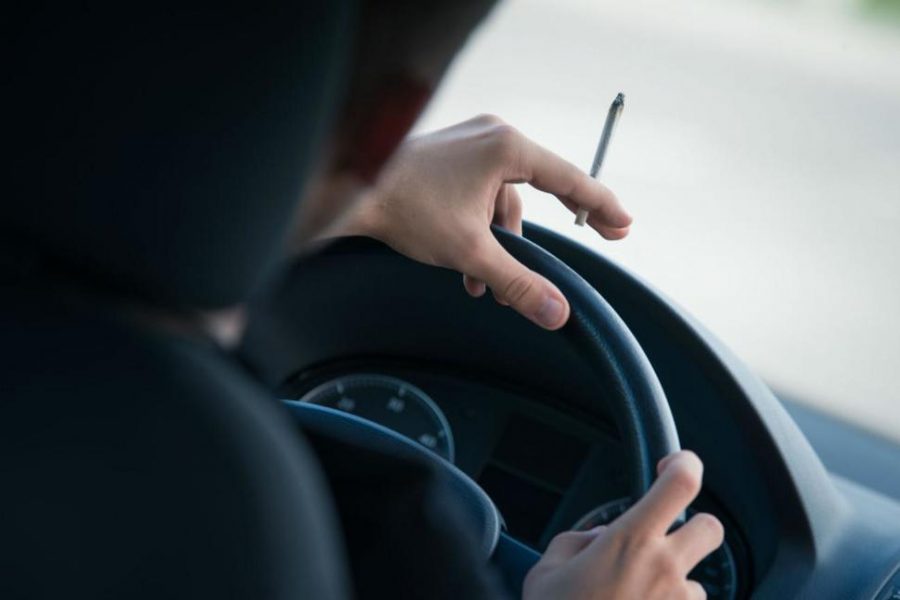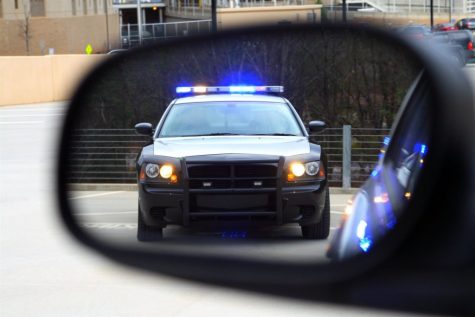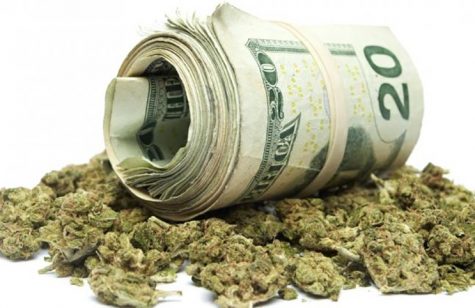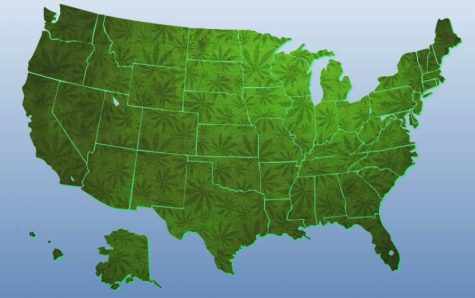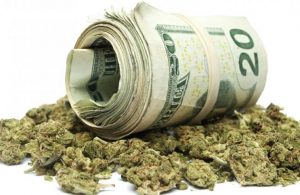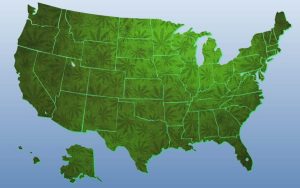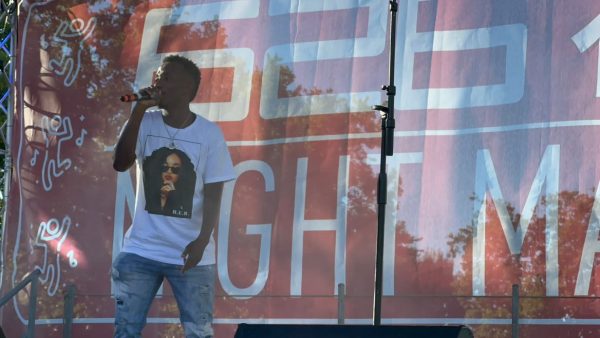DU-High: Drugged driving is drunk driving
February 14, 2018
In the late hours of Dec. 24, 2017, CHP Officer Andrew Camilleri was rear ended and killed by a driver under the influence of alcohol and marijuana. The driver himself sustained multiple injuries and was later charged with manslaughter. Almost a week later on Jan. 1, marijuana was legalized in the state of California and even with tight restrictions on it, people use it while operating vehicles.
In California if a person is caught driving under the influence of marijuana they are charged with a DUI. “Driving under the influence of marijuana can slow reaction time, impair judgment of time and distance and decrease coordination,” according to the National Institute of Drug Abuse. Laws and penalties for driving while high fall under the same category for driving while drunk and many testing procedures are very similar.
A Hayward PD officer who wished to remain anonymous noted, “I have to have a reason” when pulling someone over. If they suspect the driver is under the influence of marijuana they take notice of “the smell, bloodshot eyes and slow or exaggerated speech or movement.” The officer also pointed out that “a person’s body will display symptoms or patterns and behaviors no matter how good their motor skills are.”
“If the driver is caught, they will be arrested and sent to jail. Vehicles are impounded more often than not when someone is caught under the influence,” the officer said. After being pulled over, “the driver has to perform a field sobriety test, with a machine similar to a breathalyzer.”
This machine is known as the Dräger DrugTest 5000 and it processes a swab from a person’s mouth to determine whether the driver is under the influence of drugs. It can recognize eight types of drugs: “marijuana, cocaine, opiates, methamphetamine, amphetamine, methadone and benzodiazepines,” according to an article by the LA Times. This breathalyzer is only being used in a handful of states, California included, so most of the time police officers often rely on their instincts to determine if the driver is under the effects of drugs.
Drivers unaware of the rules surrounding DUIs can refuse to take the breathalyzer test, but in that case they can be forced under the law to submit a blood test to determine if they were under the effect of narcotics. There is, however, no legal or illegal percentage of narcotics allowed in their system while driving, unlike alcohol, which is 0.08 percent.
For first time DUI offenders, “A first offense will result in a 4-month suspension,” as said in a statement by the DMV of California. In addition to that, their driver’s licence is taken away and suspended for ten days. After this time, the driver can return and pay a $125 fine to get it back.
References to driving while drunk and high are clearly stated in California Legislation 23152 Article 2 Section C: “It is unlawful for a person who is addicted to the use of any drug to drive a vehicle. This subdivision shall not apply to a person who is participating in a narcotic treatment program approved pursuant to Article 3.”
Sections F and G of the same legislation also state: “(f) It is unlawful for a person who is under the influence of any drug to drive a vehicle. (g) It is unlawful for a person who is under the combined influence of any alcoholic beverage and drug to drive a vehicle.”
The next subdivision code 23153 goes on to state that is is illegal for a person to cause harm to another while under the effects of drugs. This can go for vehicle or personal bodily injury and negligence on the part of the person abusing substances.
The rate and percentage of drivers under the influence of marijuana is still less than that of drivers under the effects of alcohol. In a survey done in 2016, the National Institute of Drug Abuse noted there were approximately 20.7 million people over the age of 16 who drove while drunk, compared to 11.8 people who drove while high. Since marijuana was legalized at the beginning of 2018, these numbers are expected to increase in the following years.
Now while it is no longer illegal to smoke marijuana or buy it from a dispensary, it is illegal to be under the effects of it in a vehicle. Much like alcohol, if a person is caught driving high, they will face the same penalties like a suspended licence, a mark on their record and possibly a driving suspension for repeated offenses.
For personal safety and the safety of others, if a person is going to use marijuana or other kinds of drugs, they can find a designated driver to get them home, or call an Uber in advance if they need to be somewhere. By thinking ahead and taking precautions, DUIs for driving under the influence of drugs can be avoided.




